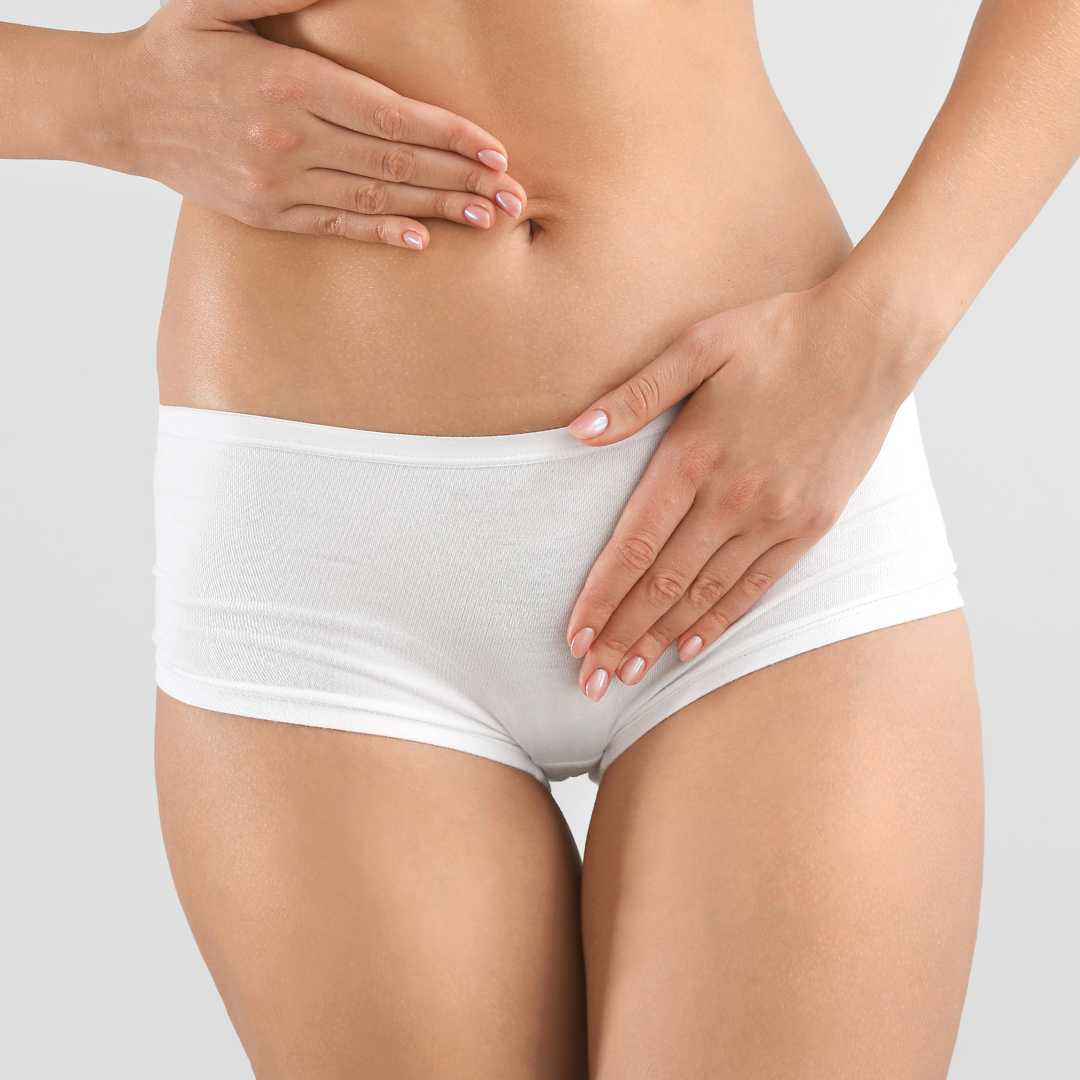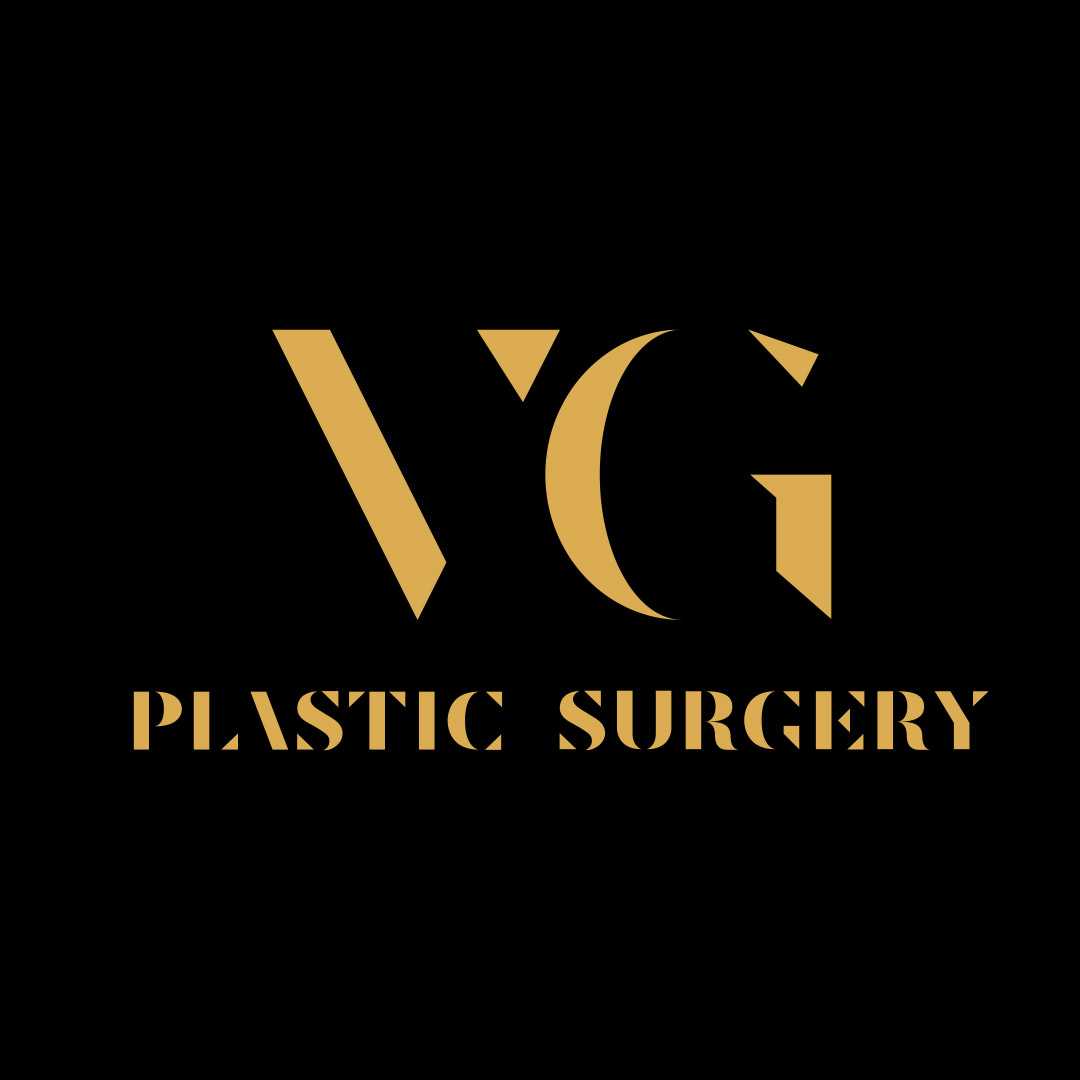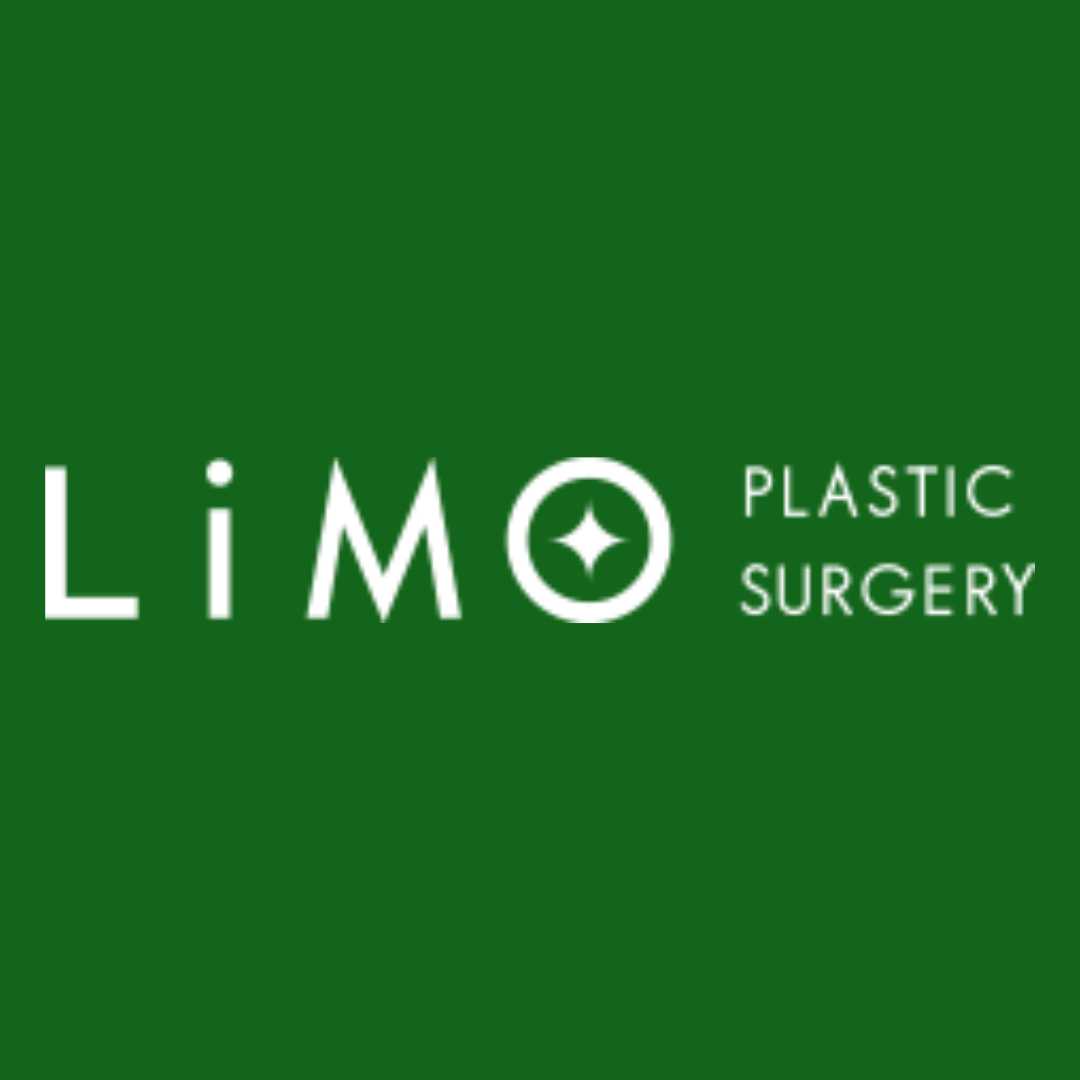Navigating Your V-Line Recovery: A Timeline for the Best Possible Results
.png)
Deciding to undergo V-line surgery in South Korea is a monumental step towards achieving your desired facial aesthetic. The allure of a slimmer, more refined jawline is powerful, but the success of the procedure isn't just about the surgery itself—it's equally about the healing process that follows. One of the most critical questions patients ask is, "What is the recovery time?" Understanding this timeline is essential for planning your trip, managing expectations, and ensuring a smooth, safe healing journey that leads to the best possible outcome.
The recovery time for V-line surgery is not a single date on a calendar but a phased process of healing. It involves an initial period of significant swelling and strict aftercare, followed by a gradual subsidence of symptoms and the slow emergence of your new facial contour. While top clinics in Seoul provide exceptional post-operative care to support you, knowing what to expect week by week will empower you to navigate your recovery with confidence. This guide will provide a detailed breakdown of the entire V-line surgery recovery timeline, from the first 24 hours to the moment you see your final, stunning results.
What is the immediate recovery period like (First 1-2 Weeks)?
The first 72 hours after your surgery are focused on rest and managing the initial, most acute effects. You will likely spend the first night in the clinic or a designated recovery facility for monitoring. Swelling will be at its most significant during this time, and your face will feel puffy and sore. Cold packs will be your best friend to help reduce this inflammation. Discomfort is managed effectively with prescribed pain medication.
During the remainder of the first two weeks, you will see gradual improvement. Most clinics in South Korea require international patients to stay for at least 7-14 days for crucial follow-up appointments, which may include de-swelling treatments like light therapy and the removal of stitches (typically around day 14). Your mobility will be limited to light walking, which is encouraged to promote circulation. The compression garment provided by your clinic must be worn as directed to help control swelling and support the healing tissues.
How long does swelling last after V-line surgery?
Managing your expectations about swelling is key to a positive recovery experience. It's important to understand that swelling does not go down evenly. One side of your face may look puffier than the other, which is completely normal. Panicking about asymmetry during the early months is a common mistake; you must give your body time to heal.
Here's a typical timeline for swelling reduction:
- Week 1-2: Peak swelling, which begins to noticeably decrease after the first week. You will look very puffy.
- Month 1: About 60-70% of the major swelling has typically subsided. You'll start to see a change in your jaw shape, but it will still look "chubby" or undefined.
- - Month 3: Roughly 80-90% of the swelling is gone. Your new jawline becomes much more apparent, and most people feel comfortable with their public appearance.
- Month 6 to 1 Year: The final 10% of subtle, residual swelling resolves. This is when the skin fully "shrink-wraps" to the new bone structure, revealing the sharpest, most defined result.
What can I eat during V-line surgery recovery?
Your diet is a critical component of a safe recovery. Since the surgery involves incisions inside your mouth and work on your jawbone, you must avoid any and all chewing in the initial phase. This protects the healing bones and incision sites from stress and contamination.
Here’s a simple dietary progression:
When can I return to work and normal activities?
The timeline for resuming your normal life depends heavily on the nature of your activities. While you might feel well enough to work from home after the first week, you will likely not feel "public-ready" for about three weeks due to visible swelling and potential bruising.
Returning to physical activities must be done cautiously. Light walking is encouraged from day one, but anything that raises your blood pressure can increase swelling and pose a risk to healing. Vigorous workouts, gym sessions, and sports should be put on hold. It's crucial to listen to your body and your surgeon's specific instructions to avoid any setbacks.
When will I see the final results of my V-line surgery?
Patience is a virtue during V-line recovery. It is a marathon, not a sprint. The early stages of recovery can be emotionally challenging as the significant swelling can make you feel like your face looks wider than before. This is a temporary and normal phase. It is essential to trust the process.
Around the third month, you will get a very good idea of the final outcome. Your jawline will appear significantly slimmer and more defined. From month three to the one-year mark, the results will continue to refine as the last traces of swelling vanish and the skin conforms tightly to the new bone structure. This final stage is where the "wow" factor truly emerges, revealing the elegant and permanent contour you've been waiting for.
Planning for V-line surgery is as much about planning for the recovery as it is for the procedure itself. PlacidWay connects you with top-tier, accredited clinics in South Korea that provide comprehensive aftercare to guide you through every stage of your healing. Explore our network of trusted surgeons and take the first step towards your transformation with confidence.


.png)







.png)

.png)




Share this listing